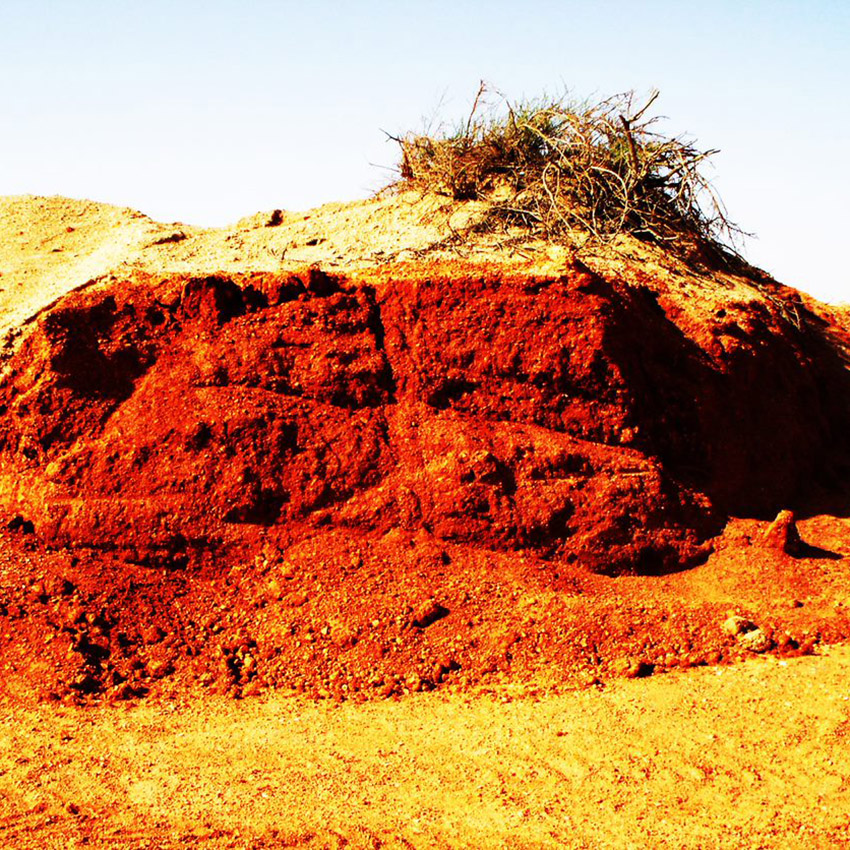
Deserts of the United Arab Emirates are decorated with diversified colors of sand of various composition, iron rich (red), calcium carbonates rich (white), gabro (greenish grey).
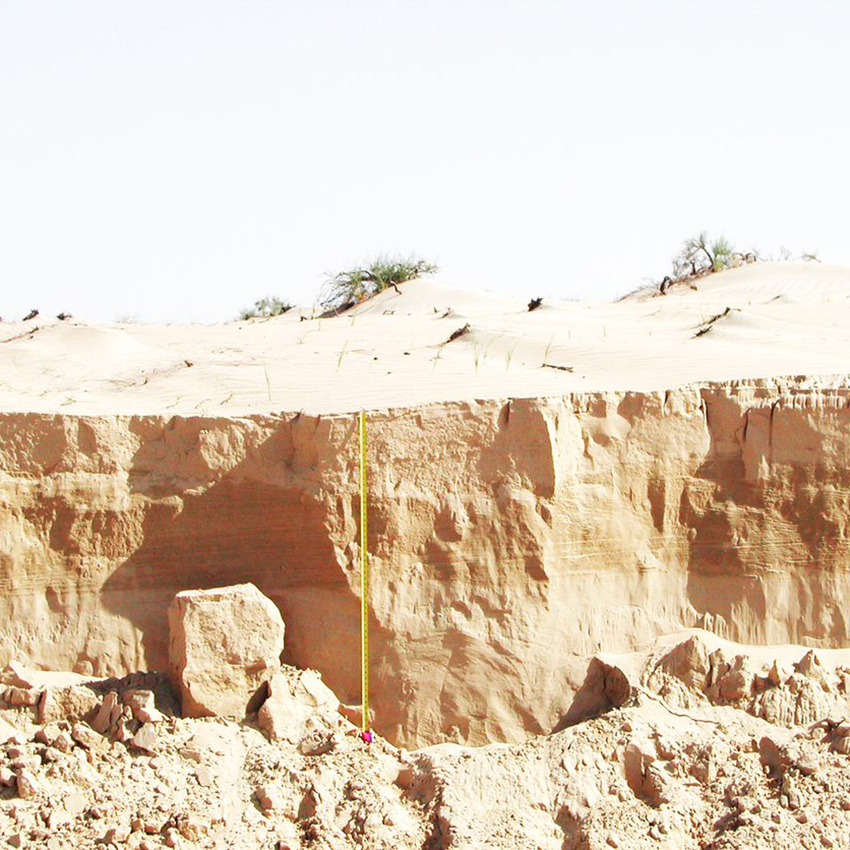
Particle Sizes and Soil Texture Classes
Soil texture depends on the percent distribution of three groups of soil particles based on their sizes: sand (2000-50 μm), silt (50-2 μm) and clay (< 2 μm).
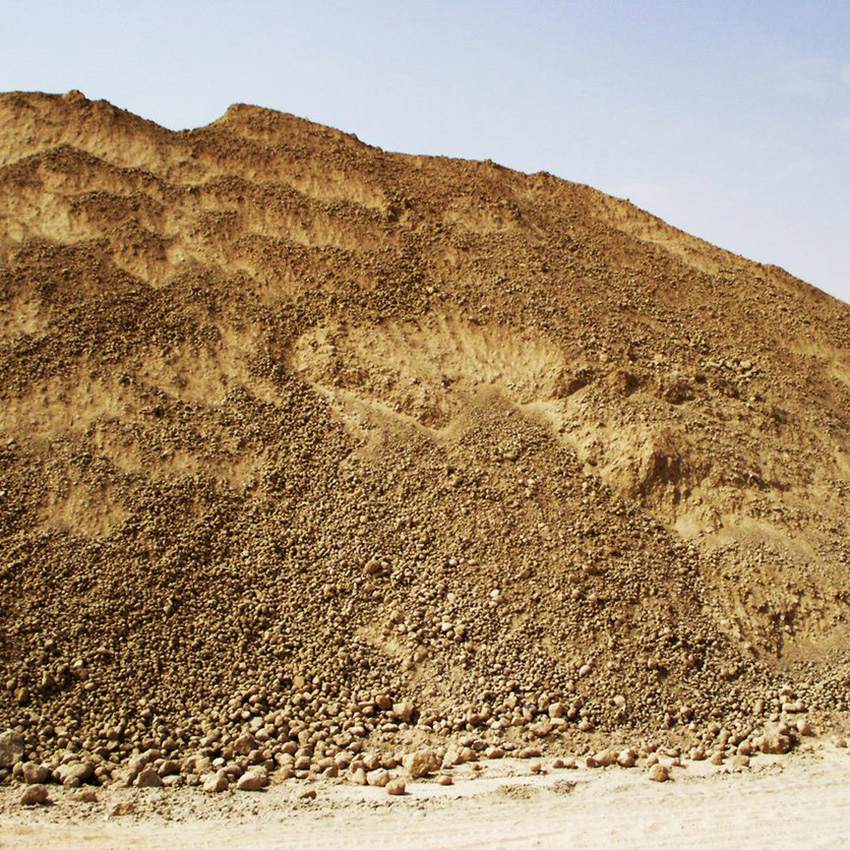
Human body is made up of different parts like organs and bones, the soil has its own body "soil structure" composed of little clumps known as "aggregates" and pores (space between
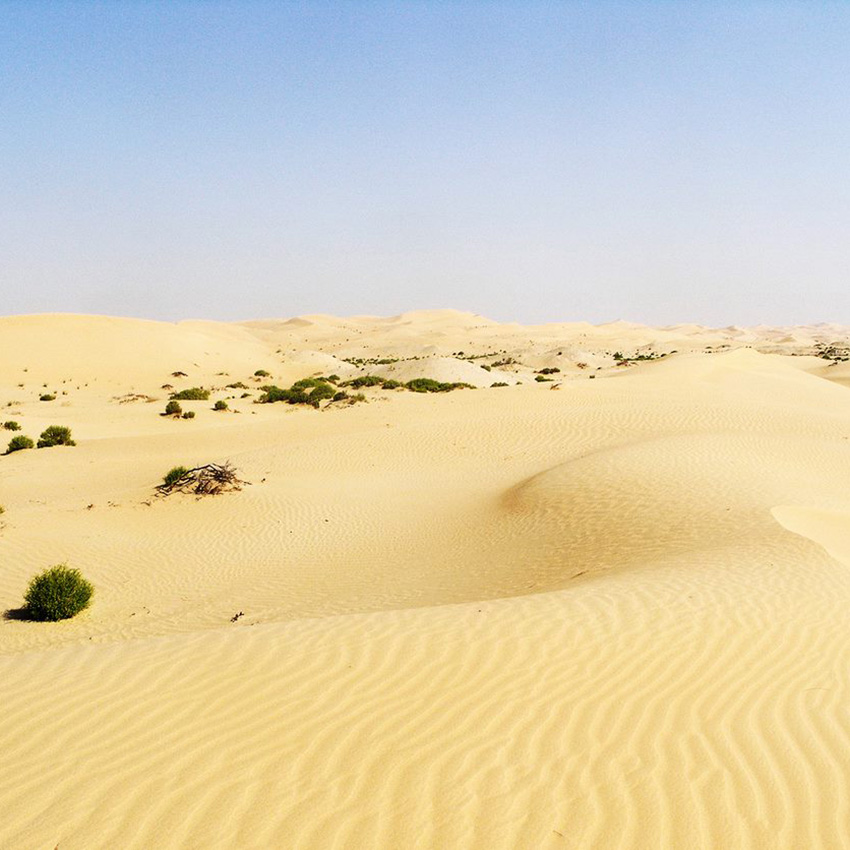
Native sandy soil is low in fertility, such as it has low clay and organic matter contents. It is also not leveled.
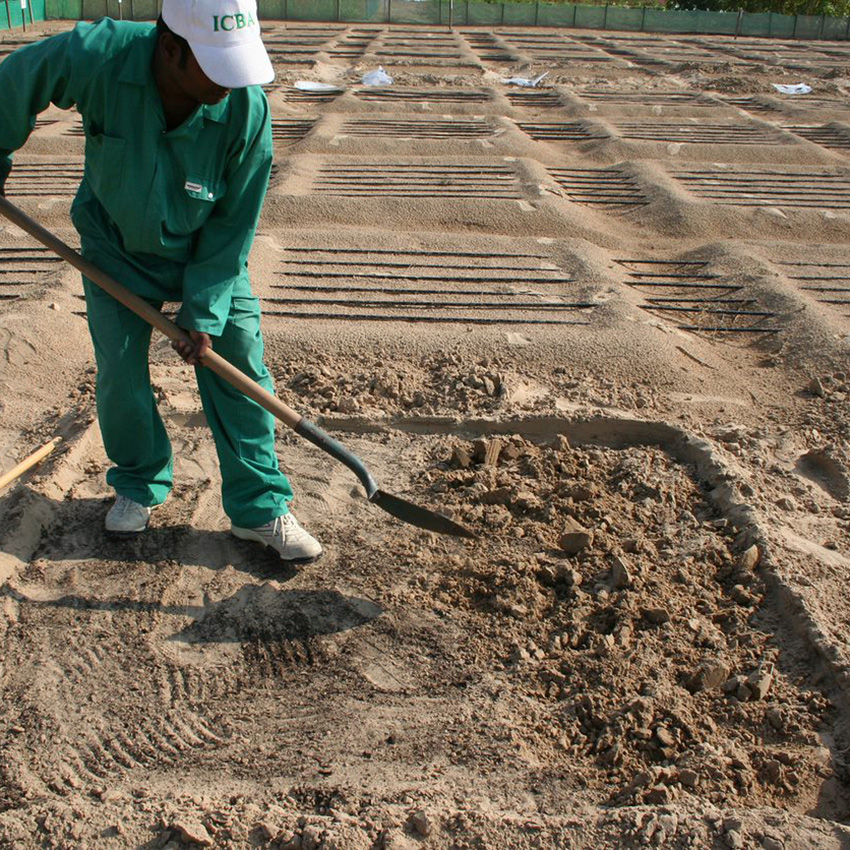
Native sandy soils require their health to be improved for crop production.
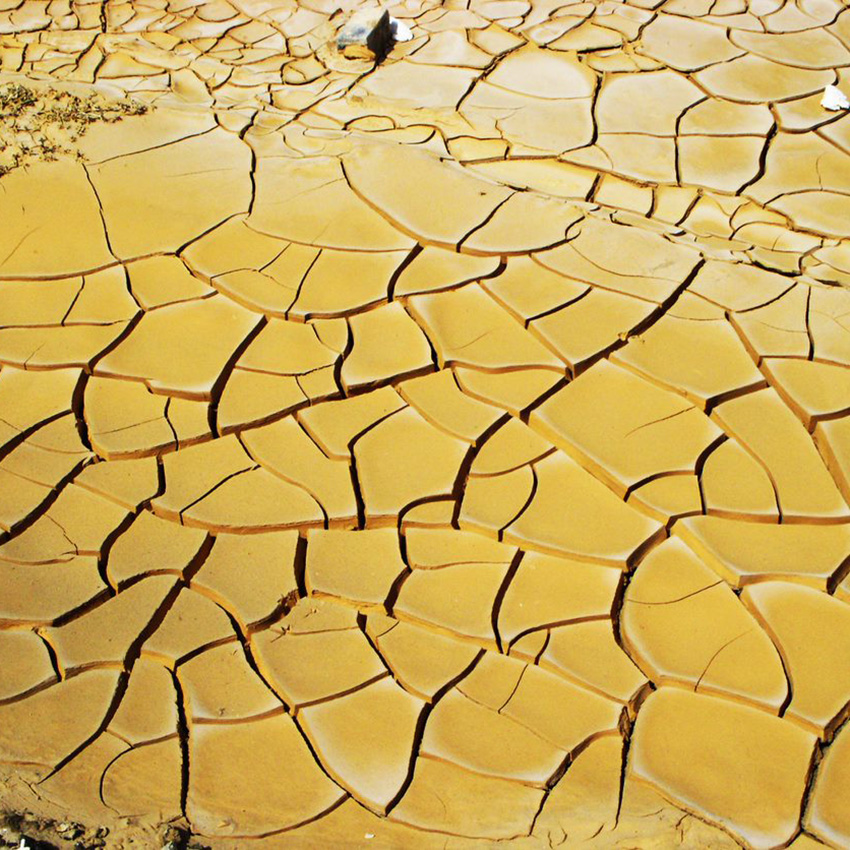
Global warming is a term for the observed century-scale rise in the average temperature of the Earth's climate system and its related effects.
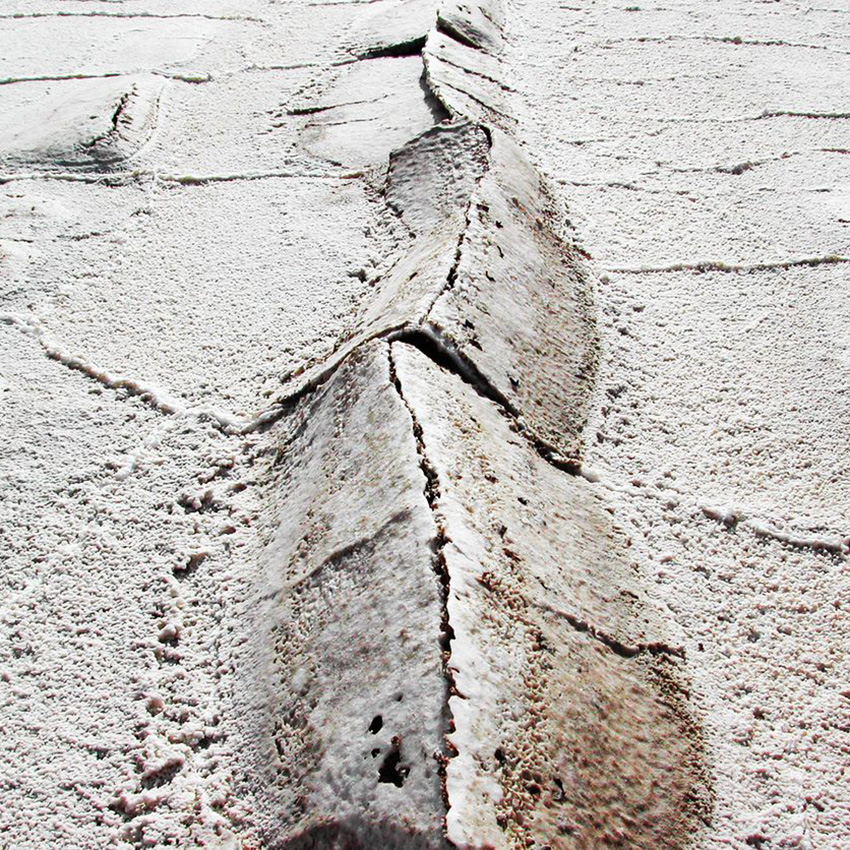
Mineral Resources of Coastal Lands
The coasts of the United Arab Emirates are rich in salt-resources which can be exploited for commercial purpose. One of these salts is Sodium Chloride (NaCl) called halite.
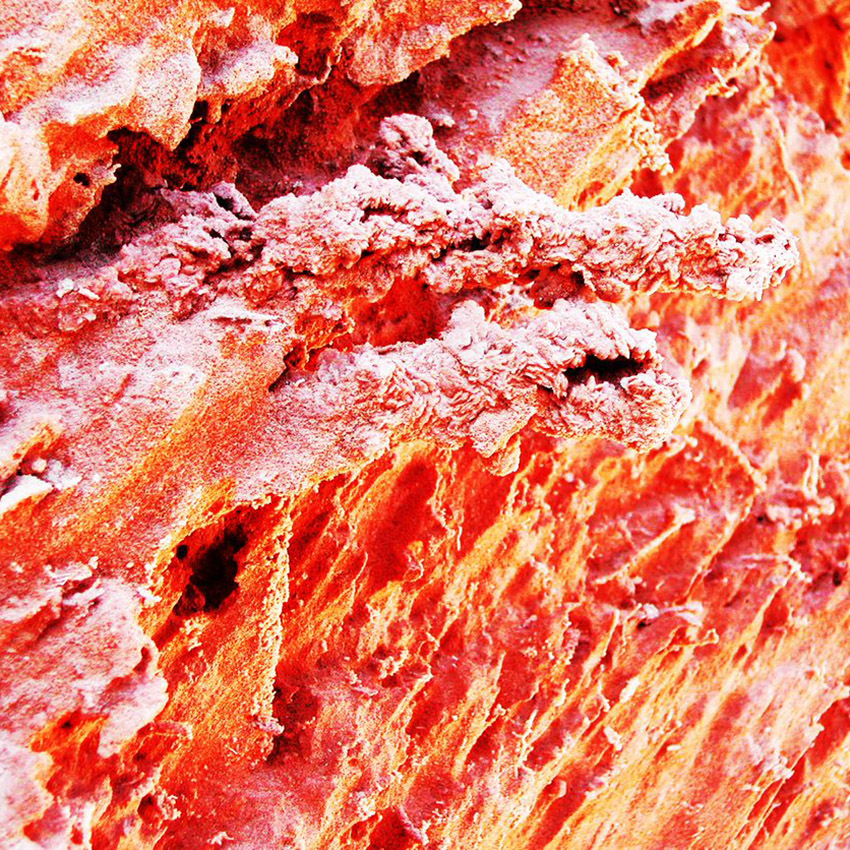
Gypsum (CaSO4.2H2O) occurs in many shapes in the deserts of the United Arab Emirates. It has commonly been found as lenses, euhedral crystals and desert roses.
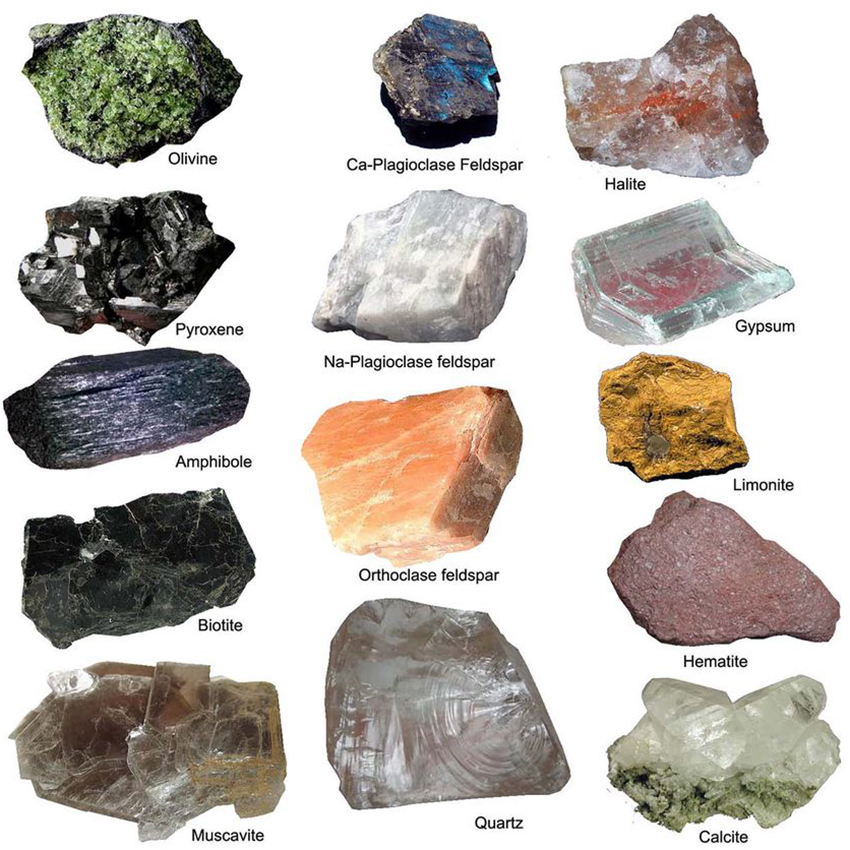
Soils and Rocks Forming Minerals
Soils are formed from the parent material consisting of various minerals. The composition of soils mainly depends on minerals these soils are formed.
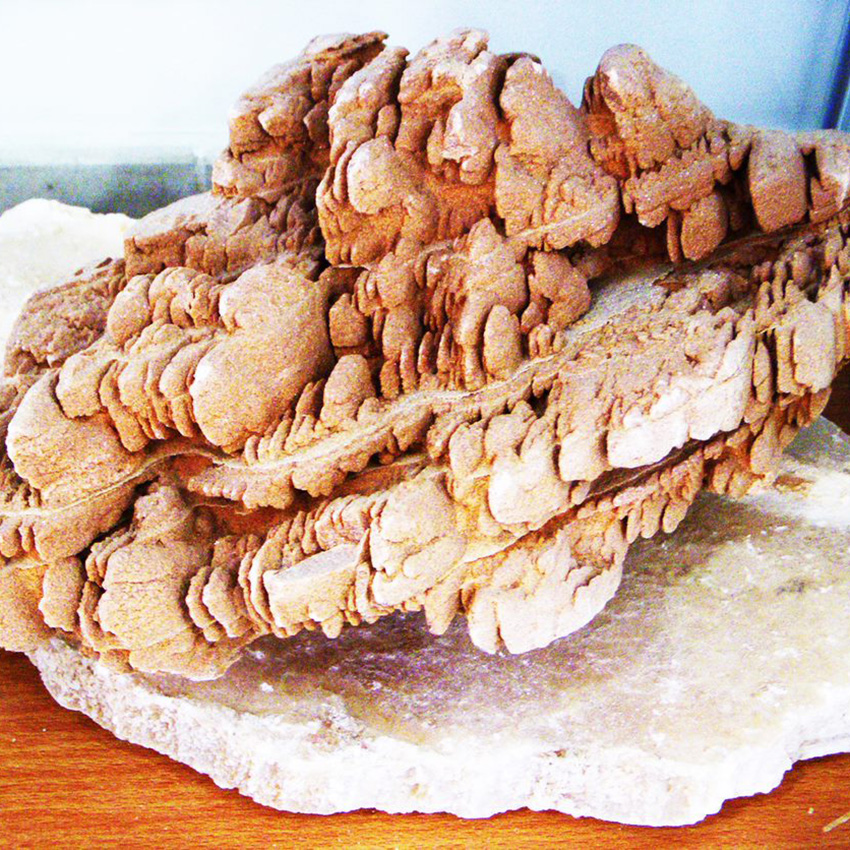
Fossils are evidence of ancient life forms or ancient habitats which have been preserved by natural processes.
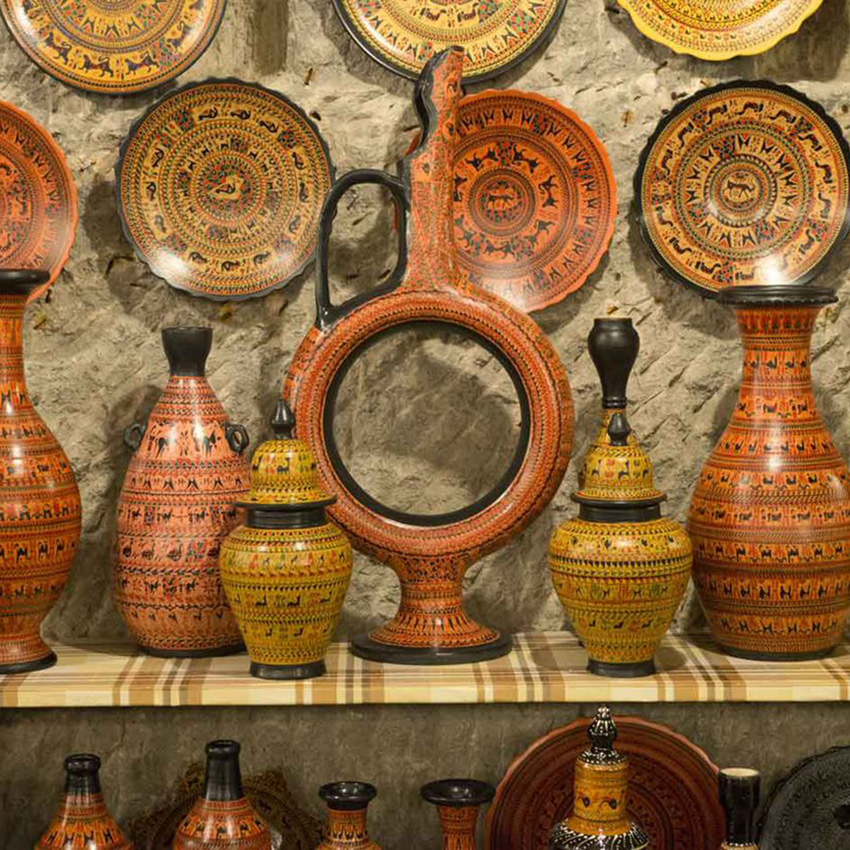
As an art of building objects from soil, Pottery is considered as fundament of civilization, creating the means for long-term storage of food and materials and their protection.